What are you dreaming about, the cruiser "Kutuzov"
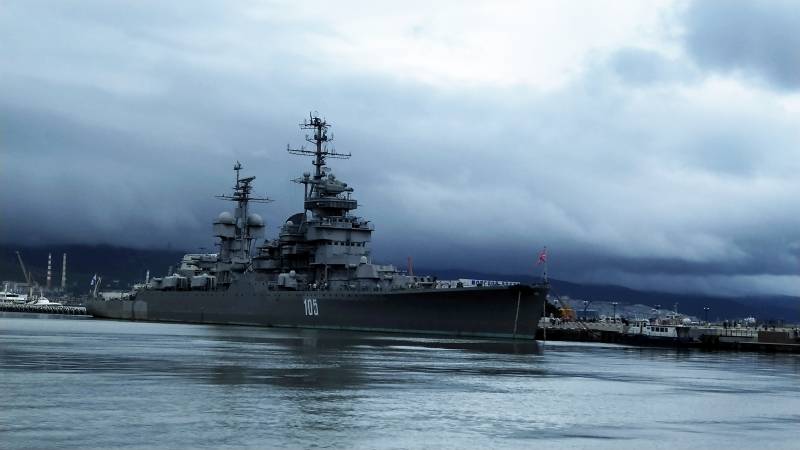
There are actually quite a few such, or rather, similar museums, both in Russia, starting with the legendary Aurora, and throughout the world. People value glorious ships and are in no hurry to scrap many of them, even when they have served all their due dates.
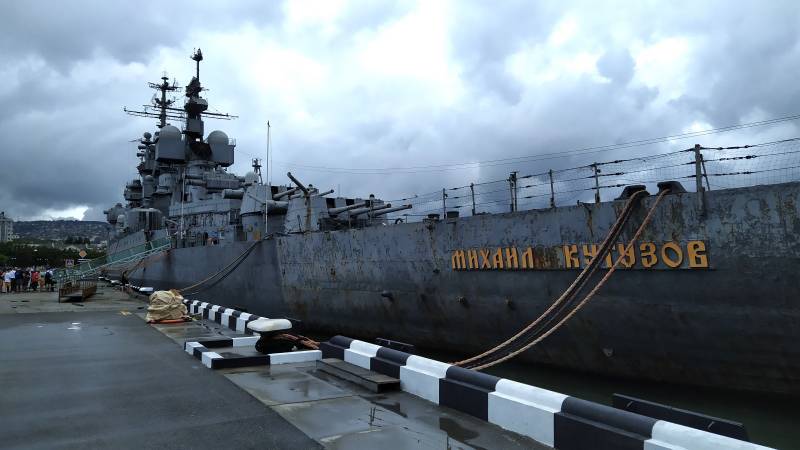
The author only twice had the good fortune to be in the port of the hero city of Novorossiysk in the depths of Tsemes Bay. There, next to the maritime terminal, surrounded by several monuments overlooking the commercial port, barely swaying on the rare waves, the cruiser Mikhail Kutuzov is laid up.
This cruiser of military glory served in the 50th division of the Red Banner Black Sea for almost forty years. fleet KChF turned out to be the last operational in the series of Project 68-bis cruisers. There were 14 of them, seven more could not be completed.
And here a fairly long retreat is simply necessary.
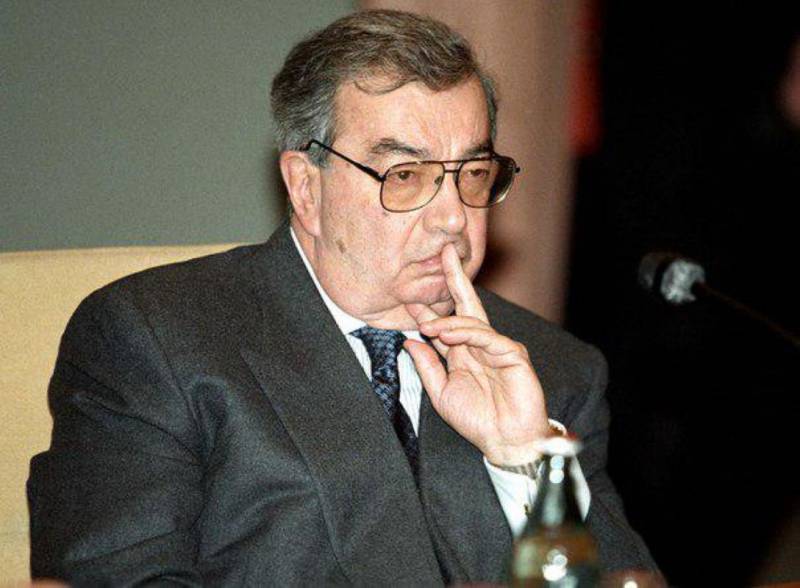
First of all, we need to separately recall who made it possible for the floating museum to appear in Novorossiysk, where everything even without the “Kutuzov” is literally covered in the military glory of past years. Malaya Zemlya, an impressive memorial to the sunken ships of the revolutionary fleet, and finally the Zubkov battery.
Back in 1994, veterans of the cruiser Mikhail Kutuzov, by that time already enlisted in the KChF reserve, proposed preserving the ship as an example of domestic shipbuilding in the 50s, the era of the construction of the large ocean-going fleet of the USSR.
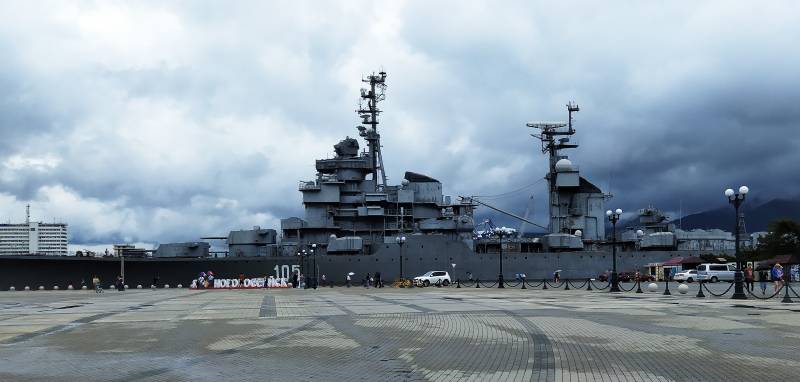
In the post-war years, cruisers that were not inferior, and in many respects superior to their foreign counterparts, were extremely necessary for the fleet. Among other things, in order to achieve superiority or at least equality in forces in the Baltic and Black Sea.
In 1999, the new Prime Minister Yevgeny Maksimovich Primakov responded to the ship’s veterans, and “Mikhail Kutuzov” became a branch of first the Black Sea Fleet Museum, and then the Central Naval Museum.
The author was able to visit the museum ship only last summer, when the line of visitors was very short.
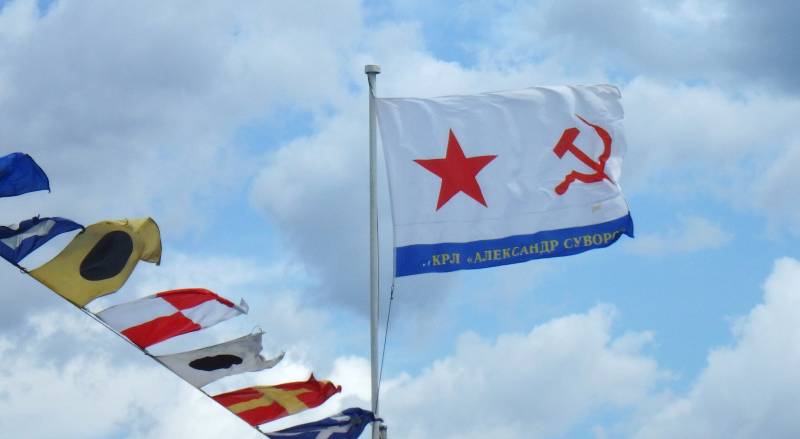
Even before getting on board, I was slightly surprised that at the stern the wind unkindly fluttered a banner with an unexpected inscription - “Alexander Suvorov”. The guide on board enlightened us - every morning a banner with the name of another of the 68-bis series cruisers flies up the flagpole.
Without sparing space, I will name each and every one of them, each with an assignment to the fleet, or more precisely, to the fleets where they served.
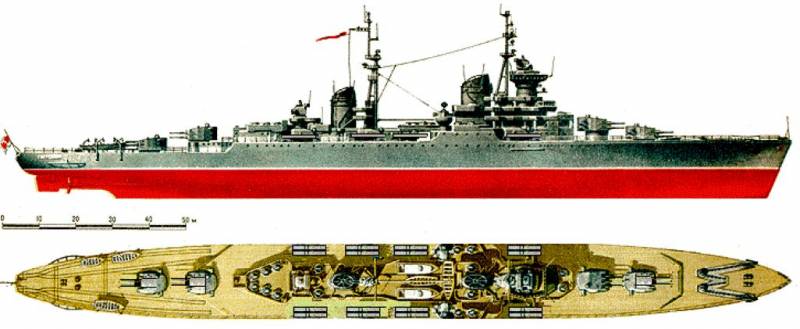
"Sverdlov" – The Baltic Fleet, the authors of the famous reference book Jane's Fighting Ships named the entire series after it;
"Dzerzhinsky" - Black Sea Fleet;
"Ordzhonikidze" – Baltic Fleet;
"Zhdanov" – Baltic Fleet, Black Sea Fleet;
"Alexander Nevskiy" – Northern Fleet;
"Admiral Nakhimov" - Black Sea Fleet;
"Admiral Ushakov" – Baltic Fleet, Northern Fleet, Black Sea Fleet;
"Admiral Lazarev" – Baltic Fleet, Northern Fleet, Pacific Fleet;
"Alexander Suvorov" – Baltic Fleet, Northern Fleet, Pacific Fleet;
Admiral Senyavin – Northern Fleet, Pacific Fleet;
"Molotovsk" (“October Revolution”) – Northern Fleet, Baltic Fleet;
"Mikhail Kutuzov" - Black Sea Fleet;
"Dmitry Pozharsky" – Northern Fleet, Pacific Fleet;
"Murmansk" - Northern Fleet.
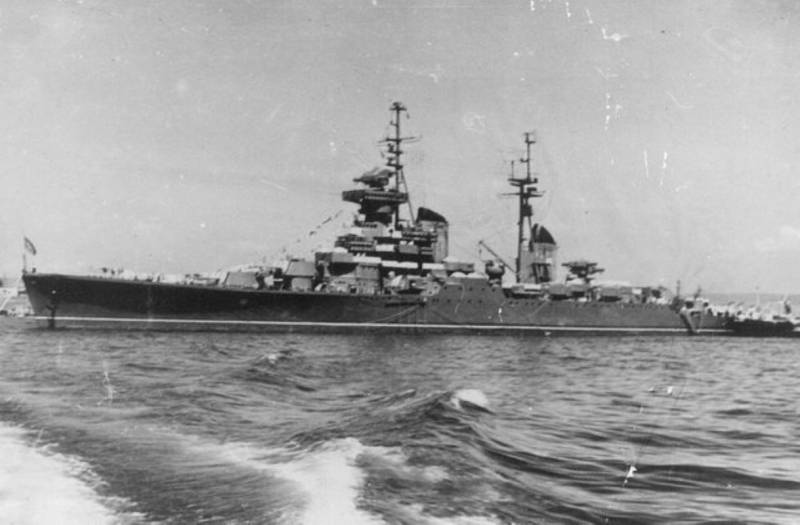
For me personally, there is a special one among them - this is “Admiral Ushakov”, the seventh in the series. On the Ushakov, Alexander Ivanovich Polyansky, his own uncle, the husband of his father’s sister, served his four naval years as a ship’s cook.
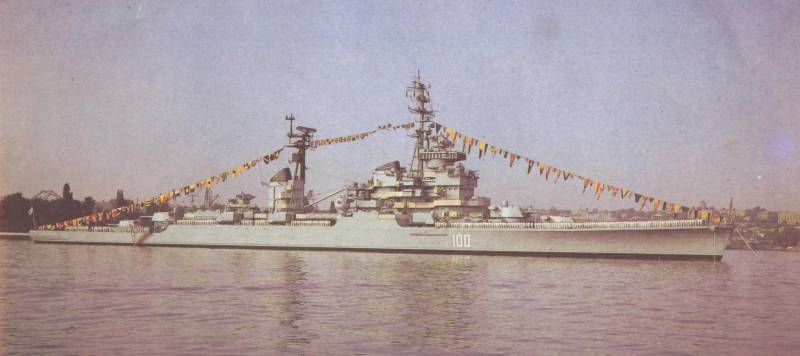
But this essay is not about him and not about “Admiral Ushakov,” but about “Mikhail Kutuzov,” and for the sake of completeness, it is necessary to continue with some generally known information.
The cruiser was enlisted in the Black Sea Fleet in the mid-50s of the last century.
Based in Sevastopol since January 1955, Mikhail Kutuzov became a testing ground for the ship's Ka-15 and Mi-1 helicopters. Under the flag of the commander of the Red Black Sea Fleet, Admiral V. A. Kasatonov, he made visits to the Balkan countries and Algeria.
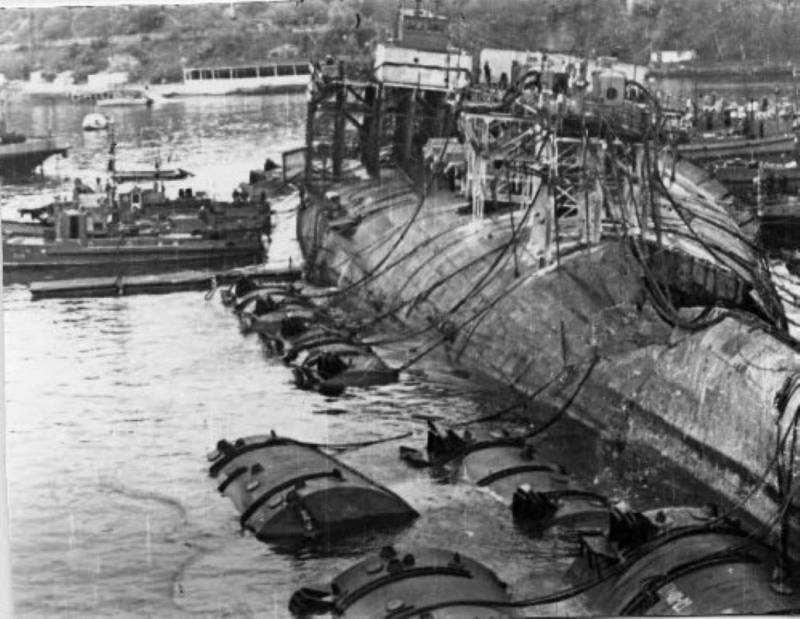
When the battleship Novorossiysk (formerly the captured Italian Giulio Cesare) exploded in the Sevastopol roadstead on October 29, 1955, for a still unknown reason, it was the Mikhail Kutuzov that was closest to it.
A rescue team of 93 sailors from the cruiser was immediately sent to help the Novorossiysk crew. 27 sailors from the emergency party from the Kutuzov died saving the battleship damaged by the explosion, but it still sank in the port.
But, of course, that’s not why the cruiser ended up permanently moored in Novorossiysk. He was remembered there in September 1958, when the eternal flame from Sevastopol from Malakhov Kurgan arrived at the port on board the Mikhail Kutuzov. Throughout the 90s, the cruiser was based in Novorossiysk, becoming part of the local naval base.
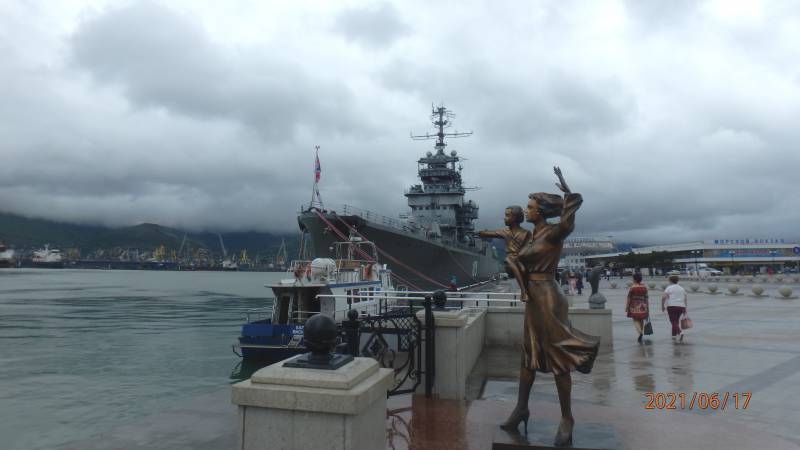
In 1967, during the next Arab-Israeli war, the cruiser Mikhail Kutuzov supported first the Egyptian and then the Syrian army from the sea. The famous exercise “Ocean” became another test for the crew. “Kutuzov” also starred in films, and it was from its board that Lev Prygunov’s hero received his “Shore Leave.”
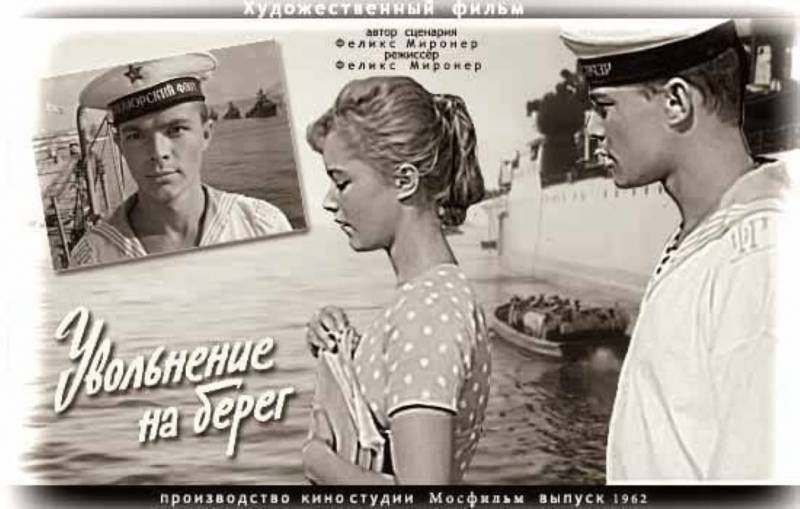
The Mikhail Kutuzov Museum has been serving for three decades now. During this time, he only aged slightly, continuing to amaze with the grace of his lines and the famous naval order. And this, even without a crew, unless, of course, you count the duty crews and museum staff - the cruiser was included in the staff of the Peter the Great Central Naval Museum in 2012.
As soon as visitors overcome the not at all steep bridge, a pleasant surprise awaits them - the opportunity to hit the ship's bell. She is already over seventy, but she sounds so loudly that on a quiet day she can be heard on Malaya Zemlya, and even somewhere in Kabardinka - at the exit from Tsemes Bay.

On the cruiser itself, in addition to the powerful three-gun turrets, monumental chimneys, elegant superstructures and internal labyrinths with cockpits, engine room and everything that such a ship is supposed to have, there is one more thing that pleases us. This is a treasured memory!
It begins, perhaps, with a gallery of photographic portraits of those same cruisers from the 68 bis series. It continues with a series of portraits of naval commanders and ordinary heroes - sailors, foremen, captains and captains with ranks, most of whom managed to rise to admirals.
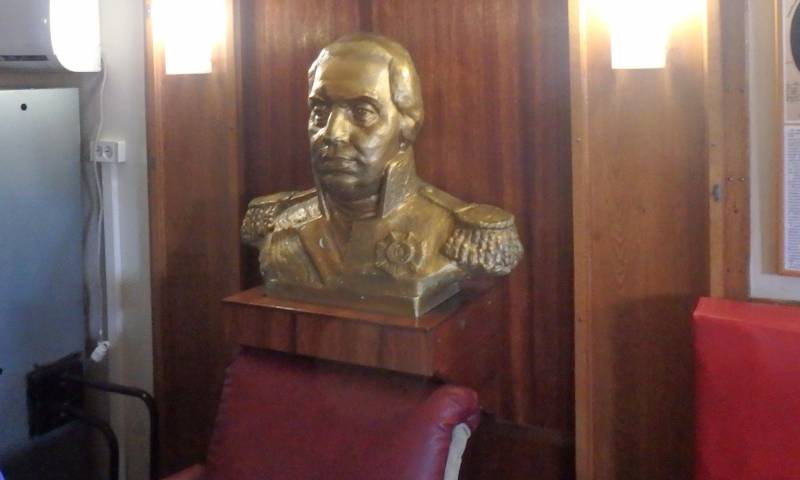
And one cannot help but note the particularly camp chair of Field Marshal Mikhail Illarionovich Golenishchev-Kutuzov, whose name this cruiser of military glory bears.
How did the chair end up on the cruiser? story separate, but here, in the cozy and elegant wardroom, in my opinion, is the most suitable place for him.
Information